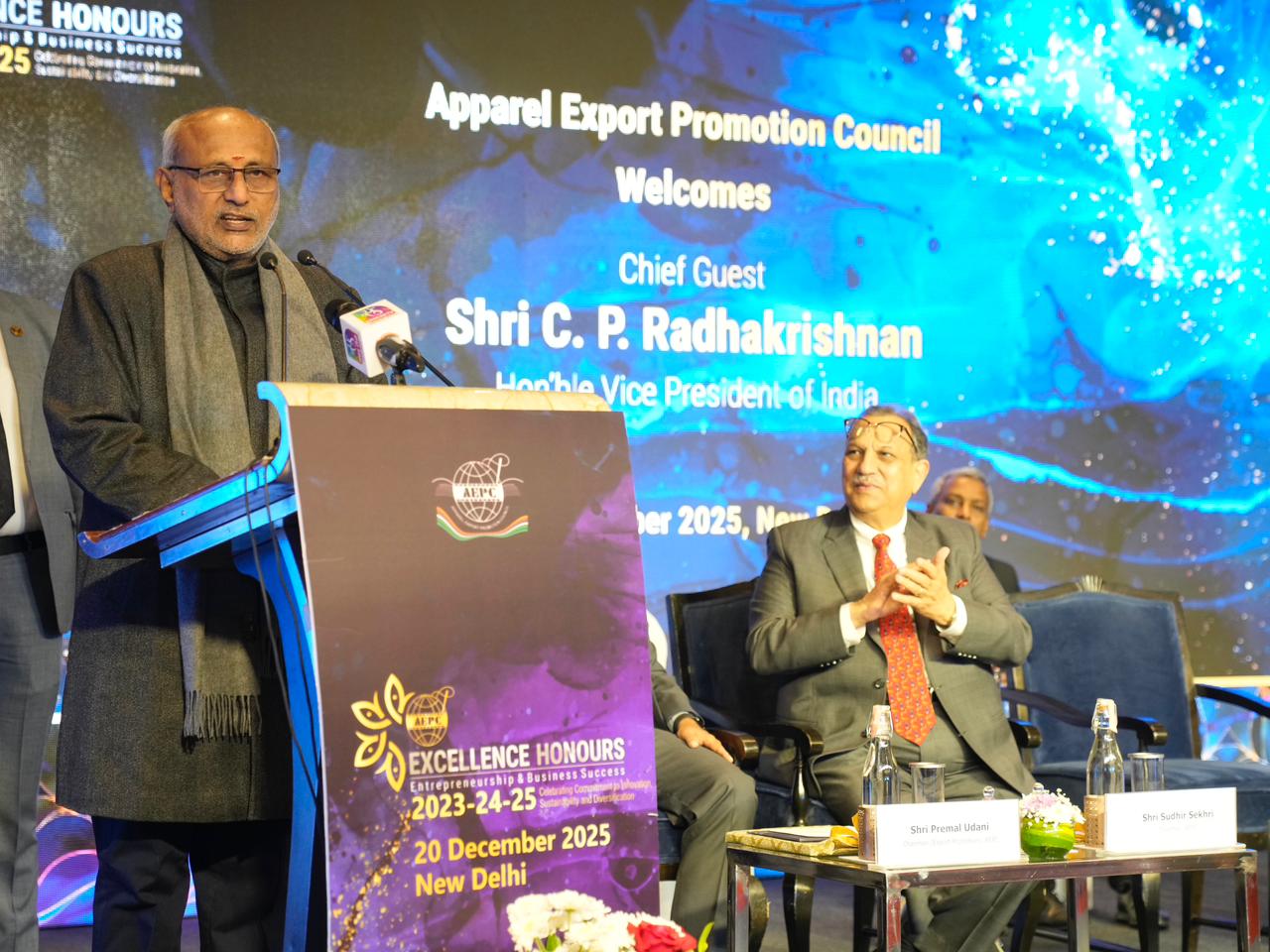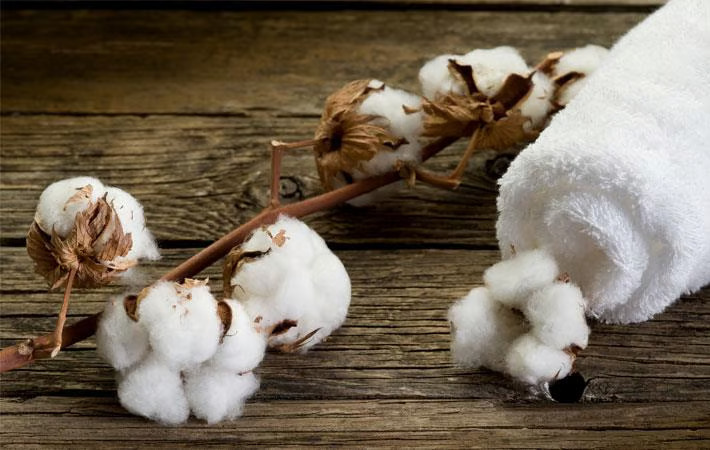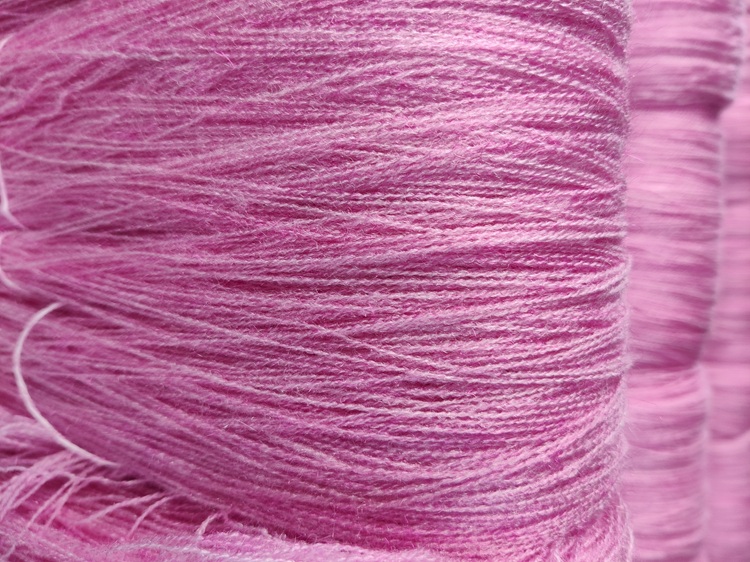FW
Cambodian exports to the United States rose sharply during the first three months of the year.
There was a marked increase in shipments of travel goods after the US renewed its Generalized System of Preferences in March.
Cambodian exports during the first quarter of the year rose 25.5 per cent. The bulk of that growth belonged to travel goods, a category that has attracted a large number of investors after Cambodia was granted duty-free benefits for travel goods exports under the US’ GSP program in 2016.
Orders for garment and footwear products have remained stable.
The ongoing US-China trade dispute also presents a tantalising opportunity to increase exports to the US, the biggest market for Cambodian garment and footwear products.
As barriers to export to the US increase in China, investors from the US will turn to other countries to invest and to set up factories from which they can import. Cambodia can take advantage of this situation. Also the recent tax reform in the US means a buoyant economy. This multiplies opportunities for exporters in Cambodia.
However, Cambodia needs to undergo deep structural reforms, including improving its competitiveness by reducing the cost of electricity and transportation, as well as streamlining and facilitating trade procedures and diversifying its industry.
Some of the biggest names in fashion are joining forces to create a thriving industry based on the principles of a circular economy.
As core partners of Make Fashion Circular, Burberry, Gap, H&M, HSBC, Nike and Stella McCartney will work with the foundation to radically redesign the fashion industry.
Together they will deliver the solutions needed to meet the changing demands and expectations of society, and address the issues that have seen the fashion industry become one of the most polluting and wasteful operating today.
Participants of the Make Fashion Circular initiative will unite behind three key principles to create a system that delivers benefits for citizens, the environment, and businesses: Business models that keep clothes in use; materials that are renewable and safe; solutions that turn used clothes into new clothes.
By working towards this bold new vision, the fashion industry can capture 460 billion dollars currently lost due to the underutilisation of clothes. An additional 100 billion dollars from clothing that could be used, but is currently lost to landfill and incineration, can also be captured.
The fashion industry is replacing the take-make-dispose model, which is worn out, with a circular economy for fashion in which clothes are kept at their highest value and designed from the outset to never end up as waste.
"2018 sales data of H&M reveals rather an alarming figure for the company as the operating profit dropped by 13 per cent for the year to 30 November 2017 while sales grew by just 3 per cent, which was not an expected performance. The problem started in 2016 when shoppers started purchasing online, and heightened competition in the fast fashion sector added pressure. According to Richard Chamberlain, analyst, RBC Capital Markets, H&M has been somewhat stuck in the middle, between value fashion retailers such as Primark, and retailers with more margins that can absorb the costs of online development."
 2018 sales data of H&M reveals rather an alarming figure for the company as the operating profit dropped by 13 per cent for the year to 30 November 2017 while sales grew by just 3 per cent, which was not an expected performance. The problem started in 2016 when shoppers started purchasing online, and heightened competition in the fast fashion sector added pressure. According to Richard Chamberlain, analyst, RBC Capital Markets, H&M has been somewhat stuck in the middle, between value fashion retailers such as Primark, and retailers with more margins that can absorb the costs of online development. Giving Zara’s example, he said that the company uses centralised distribution from La Coruña, north-west Spain, and can easily adapt to fulfil online orders. H&M, however, operates from local warehouses, necessitating replication of stock.
2018 sales data of H&M reveals rather an alarming figure for the company as the operating profit dropped by 13 per cent for the year to 30 November 2017 while sales grew by just 3 per cent, which was not an expected performance. The problem started in 2016 when shoppers started purchasing online, and heightened competition in the fast fashion sector added pressure. According to Richard Chamberlain, analyst, RBC Capital Markets, H&M has been somewhat stuck in the middle, between value fashion retailers such as Primark, and retailers with more margins that can absorb the costs of online development. Giving Zara’s example, he said that the company uses centralised distribution from La Coruña, north-west Spain, and can easily adapt to fulfil online orders. H&M, however, operates from local warehouses, necessitating replication of stock.
In order to boost sales, H&M has started piloting RFID (Radio Frequency Identification) technology, which aims to improve how it can locate items with digital price tags. It will be gradually rolled out across more markets this year. while the signs are encouraging, H&M still needs to buckle up, believe trade analysts. The company also needs to work faster to offer competitive delivery and collection options. Currently, customers pay for deliveries and returns unless a minimum purchase is made. A click-and-collect service, meanwhile, only started in the UK in 2017. Cedric Lecasble, European retail senior analyst at Raymond James, stated that offering these services for free might pressure its margins a bit, but it is really a top-line issue. To recover the top line, one should recover volume and traction, and to recover traction, they need to be more competitive in what they are offering consumers.
to improve how it can locate items with digital price tags. It will be gradually rolled out across more markets this year. while the signs are encouraging, H&M still needs to buckle up, believe trade analysts. The company also needs to work faster to offer competitive delivery and collection options. Currently, customers pay for deliveries and returns unless a minimum purchase is made. A click-and-collect service, meanwhile, only started in the UK in 2017. Cedric Lecasble, European retail senior analyst at Raymond James, stated that offering these services for free might pressure its margins a bit, but it is really a top-line issue. To recover the top line, one should recover volume and traction, and to recover traction, they need to be more competitive in what they are offering consumers.
While the company highly banks on its physical stores growth, the company’s ambitious digital plans point towards online sales growth of 25 per cent in 2018. Pointing towards some of the aspects that the company needs to be work on, Martin Newman, executive chairman, Practicology, said that it has not taken the step to provide product ratings and reviews, which rivals such as Arcadia’s Topshop offer. These tactics are important in boosting conversion as they can give customers a feeling of empowerment. Even with value price points, people want to know that what they are buying is ultimately a good purchase and has some durability. It’s that reassurance they can get from other people like them that is missing. It is all about customer empowerment.
New launches in the offing
H&M Group has announced a string of launches in recent months. These include the April launch of online luxury label Nyden and an affordable bridal range. Discount fashion site Afound, meanwhile, will launch later this year. Premium basics brand Arket, which launched last year, continues to expand with new stores, and H&M’s latest designer collaboration with Moschino will hit selected shops in November. Anusha Couttigane, senior fashion analyst, Kantar Consulting, averred that it seems that every month there is a new brand or fascia. They are trying to innovate, and that they are struggling so they want to find new ways to stimulate new interest, it’s a little bit of a distraction in getting some of the basics right. But it needs to scale back a bit, and focus on building out some of those ranges. With a changing market, demanding shoppers and an expanding portfolio of brands, H&M Group has its work cut out, but it finally seems to be addressing the issues that have caused it to lag behind in recent years.
Texprocess will be held in Germany, May 14 to 17, 2019.
This is a fair for textile processing machinery and materials.
Manufacturers from 25 countries have confirmed they will be attending.
The event this year will feature ever more extensively digitalised solutions.
Exhibitors will represent all the stages in the textile processing chain, from IT-supported design, through cutting, seaming and finishing technologies, to textile product logistics and recycling. As a result, they will be of relevance not only to the apparel industry but also to the leather goods industry, furniture manufacturers and the automotive sector.
There will be a strong representation of exhibitors in the fields of CAD/CAM, cutting, making, trimming, sewing, seaming, and fixing as well as those working in automation and information technology.
Held alongside is Techtextil, the leading international trade fair for technical textiles and nonwovens. Techtextil, too, shows huge demand, with exhibitors from 44 countries having currently signed up.
There will, for the first time, be a shared hall that includes Techtextil exhibitors with a focus on functional apparel fabrics and Texprocess exhibitors involved in fabric treatment and finishing. This hall will also showcase a completely integrated and networked production line for apparel as well as technical textiles.
Trade between China and Tunisia reached 1.5 billion U.S. dollars in 2017, with Chinese imports from Tunisia surging 42 per cent.
China is seen as one of the best trade partners for Tunisian companies in expanding international markets.
China boasts of technology, funds and a large market, while Tunisia has a cheap labor force and a strategic geographic position. Chinese firms can enter European markets through Tunisia.
Tunisia was the first country along the southern coast of the Mediterranean to have achieved free trade with the European Union. In the 1990s, Tunisia signed a free trade agreement with the EU to facilitate economic exchanges between the two shores of the Mediterranean.
China and Tunisia feel they can establish a true partnership by sharing customers and strategic positions.
Besides inviting China to invest in the North African country, Tunisian entrepreneurs also hope to export more products into the Chinese market.
Thanks to e-commerce, Tunisian products have earned a good reputation among Chinese consumers.
Economic sectors of both countries have been encouraged to explore cooperation potential and expand mutual investment. Chinese knowhow in several fields, including technology, gives Tunisian companies enormous potential to enter Chinese and global markets.
Bilateral cooperation will be strengthened in five areas: policy coordination, interconnection of infrastructure, trade facilitation, financial integration as well as mutual understanding.
When Bangladesh graduates out of LDC status by 2024, its exports will lose duty-free and quota-free access to world markets.
But Bangladesh will have duty-free and quota-free access to the EU market till 2027.
To get the GSP Plus facilities, the country will have to ensure good labor standards and an environment in line with the requirements of the core labor standard of the International Labor Organisation.
Pakistan and Sri Lanka enjoy GSP Plus facilities in the EU market. Bangladesh has improved labor safety and standards. Child labor is being weeded from hazardous jobs.
The country’s readymade garment sector improved labor safety significantly after the Rana Plaza tragedy.
Labor laws are being made worker-friendly. The country is now very proactive, candid and open in terms of having discussions over labor issues.
A well-coordinated approach will be taken to address emerging labor standards under the Sustainable Development Goals framework. in Bangladesh.
Safety in the workplace has become a major priority in Bangladesh. A training program has been launched for some eight lakh readymade garment workers. This training is expected to contribute greatly to that goal as both workers and employers will benefit from improved safety practices.
In Bangladesh the readymade garment industry accounts for 80 per cent of exports.
Lord & Taylor is joining forces with Walmart to create an online store that will offer over 100 fashion brands.
The online store will be a premium destination, reflecting both Lord & Taylor’s need to reach a broader audience, and for Walmart to attract higher net worth individuals.
Though Lord & Taylor already has an online shopping property, its audience is a drop in the ocean at 2.2 million compared to Walmart’s 101 million.
Walmart has been working toward a more affluent shopper with acquisitions such as Bonobos and Modcloth, as well as internal innovations such as an exclusively online bedding and mattress business. Walmart’s redesigned premium e-commerce site has reduced mention of the word Walmart to a minimum, as it borrows a premium feel.
Like many other US department stores, Lord & Taylor is trying to cut physical costs while expanding online revenue.
Retailers are considering new strategies in a changing retail environment. As consumers jump from one trend (and brand) to the next faster than ever, US retailers are collectively being forced to pivot away from the traditional model, which values low costs above all else.
Amazon is tipped to become the leading apparel retailer in the US. Part of the strategy for Walmart is to offer its marketplace function to brands in a style popularised by Amazon, by offering a store within a store.
The textile sector in Pakistan will get an enhanced supply of natural gas.
Availability will be increased to 42 per cent from 28 per cent i.e. from two days a week to three days a week.
Pending refunds of exporters will be paid in the next fiscal year in various installments starting from July 2018.
The industry wants refunds to be paid where refund orders have been issued. Exporters say the rebate on exports announced in the textile package has not been paid and consequently the liquidity problem of the textile sector has worsened.
Refunds have not been processed for one-and-a-half-years. Pending refunds of the industry up to December 2016 are yet to be paid. As a result of the delay in refunds, more than 30 per cent of the cash flow is blocked now.
Exports grew by 18 per cent, but the seven per cent rebate on exports was not paid, say exporters.
Exporters want a supply of natural gas three days a week during Ramazan because LNG is becoming an expensive input for them and making their exports uncompetitive in the global market.
The textile industry in Pakistan contributes 57 per cent to the country’s exports. The country is working on upgrading its supply chain, improving productivity, and maximising value addition.
In 2017, Aviraté stirred things up in the retail industry with the launch of the first ever virtual mirror.
This is a high tech mirror that allows customers to try on in-store garments without having to undo a single button.
Avirate is a fashion brand from Sri Lanka. It also launched an omni channel in its flagship store to provide customers with a seamlessly integrated shopping experience whether they are shopping online from a desktop or mobile device or physically at the store.
Another step in redefining the in-store shopping experience was a 3D virtual store – a 24-hour open virtual walkthrough that allows customers to walk through the flagship store and purchase items straight from the comfort of their homes.
Most recently, Aviraté has shifted its focus towards Garments without Guilt, an initiative launched by Sri Lanka’s apparel manufacturers. The intention behind this initiative is to make the Made in Sri Lanka label synonymous with not only quality and reliability but also social and environmental accountability. The initiative promotes the need for positive and ethical working conditions among garment factory workers in the country and educates the global fashion community of the positive steps taken to uplift environment and labor force conditions in Sri Lanka.
According to Apparel Export Promotion Council, apparel exports in April 2018 declined by 22.76 per cent as against the corresponding period last year. In April 2018, the Indian RMG exports amounted to USD 1.34 billion (approximately) as against the corresponding month of April 2017, when the exports was USD 1.74 billion (approximately). In rupee terms export for the Month of April 2018 was Rs. 8859.67 Crore as against Rs. 11272.24 Crore in April 2017, showing a decline of 21.40 per cent.
India’s apparel production has also showed a decline of 18.6 per cent in the month of March, 2018 and a decline of 11 per cent for the period April-March, 2017-18 as per the latest IIP figures. India’s Readymade Garment (RMG) export in the period April-March of 2017-18 was to the tune of USD 16.71 billion (approximately) which has decreased by 3.83 % compared to the same period of previous financial year. During April-March 2016-17, India’s apparel exports were to the tune of USD 17.38 billion (approximately).












